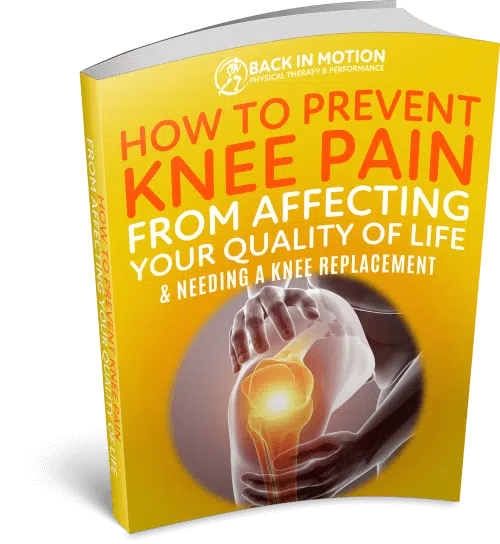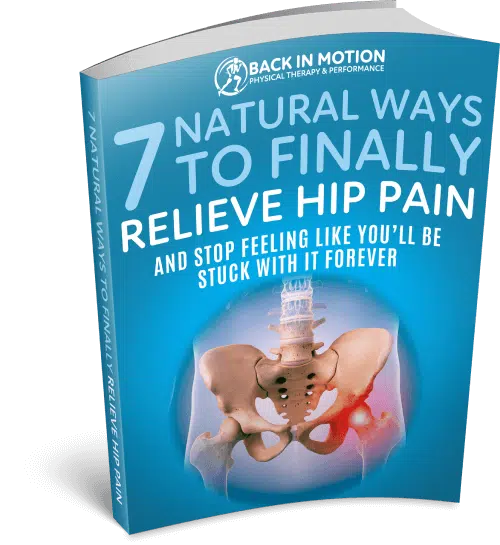Are You Making These Fat Loss Mistakes?
You thought you were doing everything right: cutting calories, exercising more, choosing healthier snacks…but you STILL haven’t seen the slightest difference in your body fat.
Fat loss isn’t always clear cut.
Food labels that shout “Fat free!” and fat loss devices that claim to help you lose weight, fast, may sound like a good idea – but many of them are just gimmicks to lure consumers.
Without the help of a weight loss specialist, many people end up making fat loss mistakes.
We don’t want you to make the same mistake, which is why our personal training Fort Myers team share the most common fat loss mistakes.
Have you been making one of these fat loss mistakes? Once you correct the error, you should see a dramatic improvement in how you look and feel:
#1: Cutting Fat out of Your Diet
You want to lose fat, so you should start by cutting all fat out of your diet, right?
Wrong.
It makes sense why so many people who want to lose fat pick foods that are labelled as “fat free” or “low fat.”
But eliminating the fat from your diet can do more harm than good.
Fat loss isn’t about ridding your diet of fat – it’s about choosing the right type of fat.
Polyunsaturated and monounsaturated fats are healthy fats that regulate your mood, increase your energy (needed to fuel your fat-loss workouts), maintain healthy heart and brain health, and other important functions.
About 20-35% of your daily calories should come from healthy fats, with 10% or less of your daily calories coming from saturated fat. This means that you’ll consume about 44-78 grams of fat per day if you’re on a 2,000-calorie diet.
You can find healthy fats in foods such as:
- Nuts and seeds
- Avocado
- Olive, cold-processed canola, peanut, safflower, avocado, and sesame oils (which are a healthier alternative to butter)
- Fatty fish such as tuna, salmon, mackerel, trout, sardines, and fish oil
- Nut/Seed butters such as peanut butter, almond butter, or sunflower butter
Avoid trans fats in processed foods at all costs. These fats cause inflammation, raise “bad” LDL cholesterol levels, and lowers “good” HDL cholesterol levels.
Foods that may contain trans fats include margarine, fried foods, commercially-baked sweets, and any food that has hydrogenated or partially hydrogenated vegetable oil in the ingredient list (even if the food is labelled as “trans-fat free”).
So, skip the trans fats and add those healthy fats back into your diet! They will help lower your stress levels and give you enough energy for exercise, allowing you to get rid of your body fat faster.
#2: Not Adding Resistance Training
You’ve added more cardio exercises like swimming, running, walking, or biking into your routine, but it feels like they’ve done nothing to help you lose fat.
When’s the last time you picked up a weight?
If the answer provokes a long silence with a few chirping crickets, you fell into the common mistake of not adding resistance training.
Adding resistance training (exercises that enhance your muscular strength and endurance) will boost the rate at which you lose fat, improve your body composition, and prevent you from sustaining injuries that are caused by exercising with weak muscles.
Resistance training involves moving your body against resistance, such as your own body weight (i.e. push-ups and bodyweight squats), exercise bands, weights, and weight machines.
A study of 160 obese older adults found that cardio plus resistance training was much more effective in increasing fitness than cardio alone.
When it comes to lifting weights, you should focus some days on increasing your muscular endurance, some days on increasing your strength, and some days on increasing the size of your muscles. This will help you achieve that lean, toned look, and healthy muscular balance. Here’s how to do it:
- To increase muscular endurance: do about 15-20 reps of each exercise using light weights (the goal is more reps, lighter weights so that you feel a “slow burn”)
- To increase muscular strength: lift the heaviest weights that you can perform 4-6 reps with (make sure they are not so heavy as to hurt your lifting posture). Long rests will be needed between sets to ensure you can lift to your maximum capacity.
- To increase muscular size: do about 8-12 reps with medium weights, taking about 90 seconds between sets.
In addition to our in-person personal training services, we offer online personal training, so that you can work with some of the best fat loss experts in the world from anywhere in the world!

GET YOUR FREE REPORT
Free Special Report Reveals…. Strategies To Diet & Fat Loss Secrets This report was written by expert, Dr. Scott Gray
#3: Not Adjusting Your Exercise Routine as You Get Fitter
Perhaps you were seeing results in the beginning of your fat loss program, but you feel like you’re now at a standstill.
People who have hit a “dead end” in their fat loss journeys have usually done so because they didn’t adjust their exercise programs to match their new levels of fitness.
After a few weeks of performing the same exercise program, your body adapts.
To continue speeding up your metabolism and fat loss, you need to introduce a new stimulus into your workouts. Your body craves a new challenge in order to keep showing results.
Here are a few ways you can add a new stimulus to your workouts:
- Increase your total time spent working out, or your total mileage (for example, if you’ve been running 10 miles each week for three weeks, try increasing to 15 for a couple weeks, then 20, and so on)
- Lift heavier weights. Are “medium” weights starting to feel light? It’s time to add a couple more pounds of weight into your reps.
- Try new exercises. Switch out your old exercises with a few new ones to work different areas of the body. You may want to switch squats with lunges, for example, or rowing with cycling.
#4: Not Seeing a Personal Trainer
A mistake that many people make when trying to lose fat is not seeing a personal trainer to design a safe and effective fat loss program.
A personal trainer is a fitness coach who works with you one-on-one to help you lose fat as quickly and easily as possible.
By seeing a personal trainer, you will learn the best exercises and tips that are proven effective in eliminating fat and keeping it off.
The best personal trainers are NSCA (National Strength and Conditioning Association) certified. This level of certification means that your personal trainer has the appropriate training and experience to design a successful fat loss program.
Unlike going to the gym or large-group exercise classes, you are held accountable if you don’t show up to a personal training session. When it comes to exercise, just getting out the door is often the hardest part, so this accountability is a great motivator to get yourself up and out!
Whether you’re stuck in a rut or just starting out, use the expertise of a personal trainer to help you reach your short and long-term goals quickly and safely.
#5: Measuring Success by the Numbers on the Scale
Having a scale is helpful, but it is not the only way that you should measure your success.
A scale alone does not accurately reflect your BMI. A pound of muscle weighs about the same as a pound of fat.
If you’ve amped up your exercise program and feel fitter, but aren’t seeing a change on the scale, chances are that your fat is gradually getting replaced by lean muscle.
Plus, your weight fluctuates about four pounds each day with food and hydration.
The best way to monitor your success is to use the scale in combination with other methods such as taking monthly photos of your body and taking your weight measurement with a tape measure.
If you notice your clothes are getting looser, but the numbers on the scale aren’t changing, don’t worry – you’re on the right track!
Want to Learn the Best Way to Lose Fat? Come See Us!
Our personal training in Fort Myers Florida regularly helps clients achieve their fat loss and fitness goals. We offer Bootcamp training, group personal training, and one-on-one personal training. Click here to inquire about cost and an appointment.
Our NSCA personal training team includes a weight loss specialist, strength and conditioning coach, and a Doctor of Physical Therapy – making it one of the safest and most effective fat loss programs there is!
Want to See How We Can Help You?
Claim Your Free Fitness or Performance Consultation…









